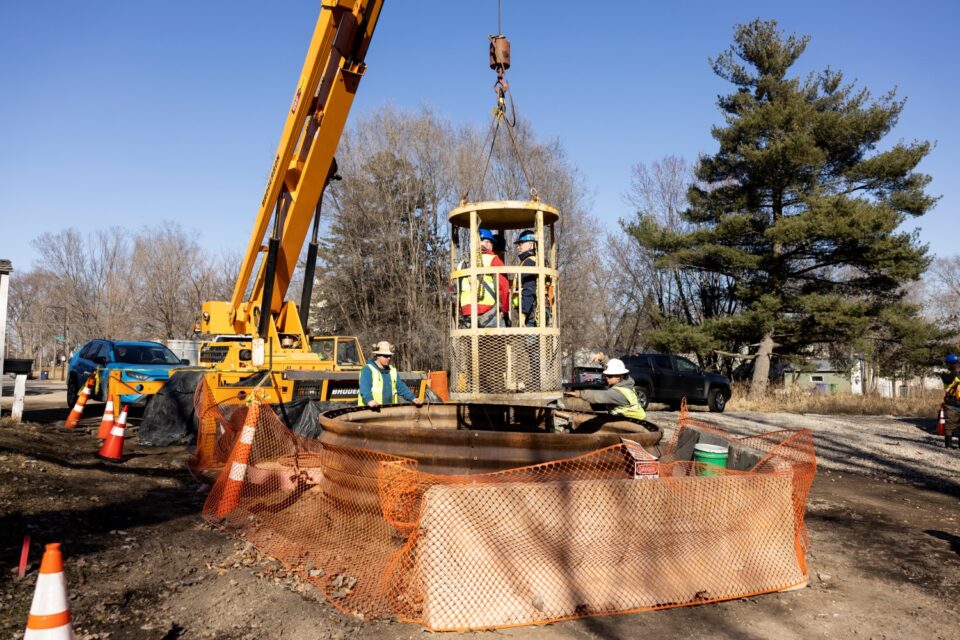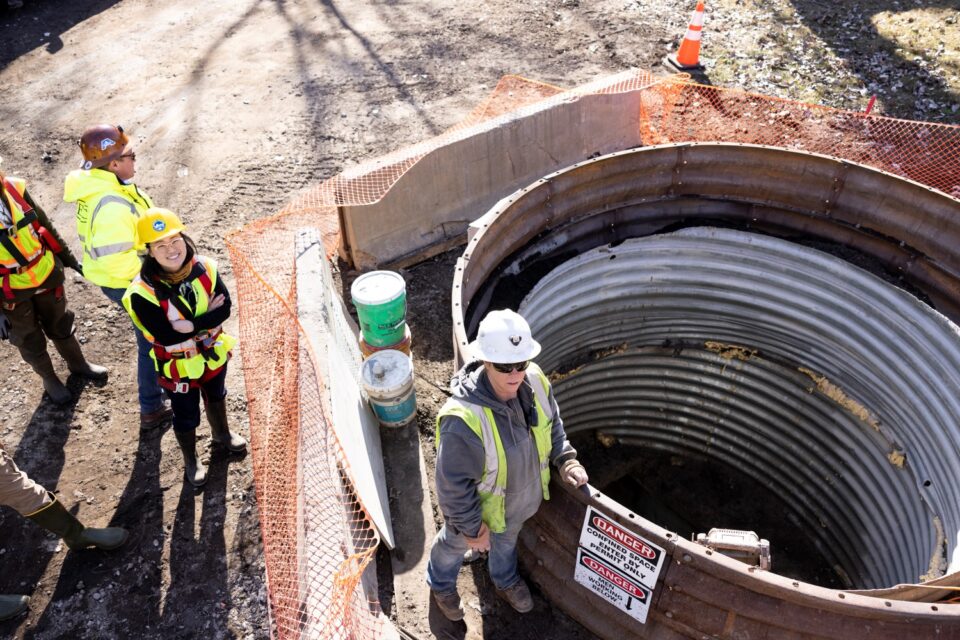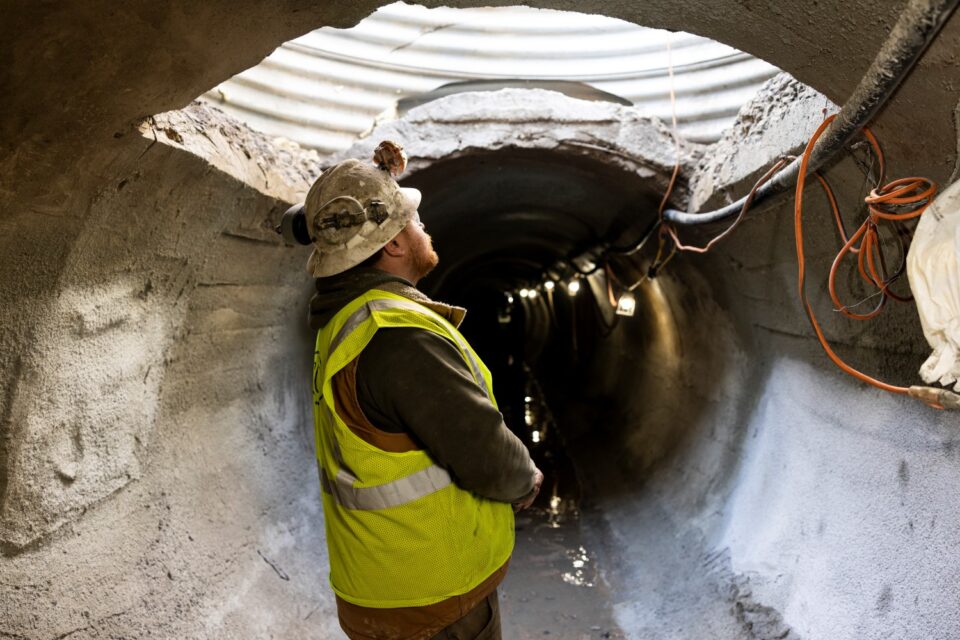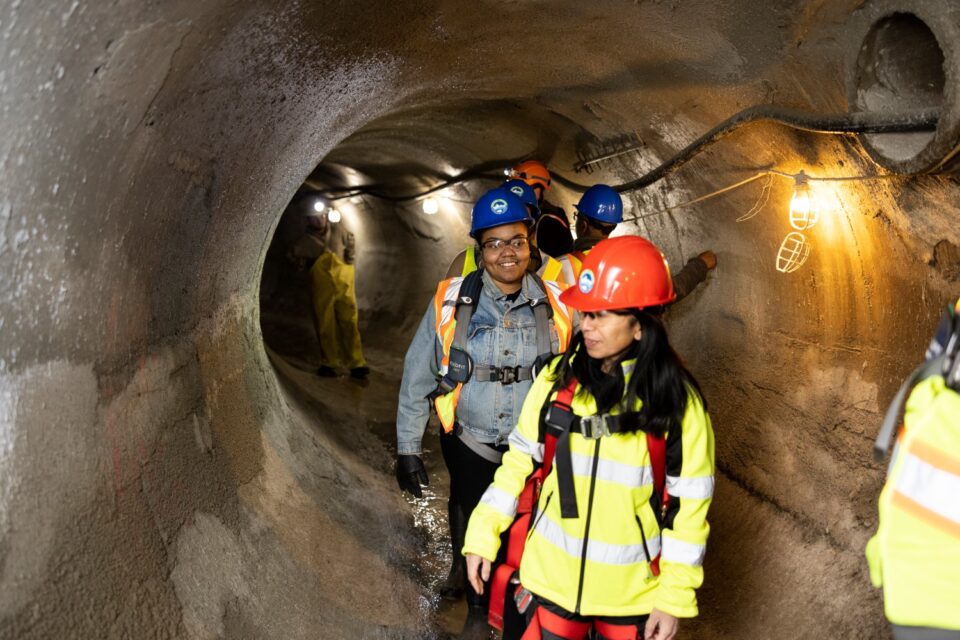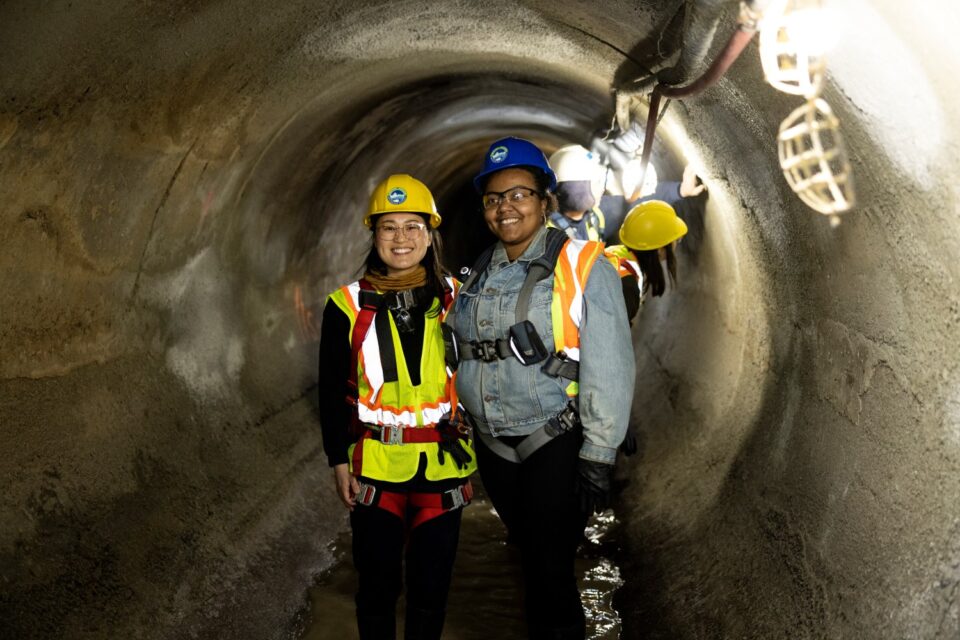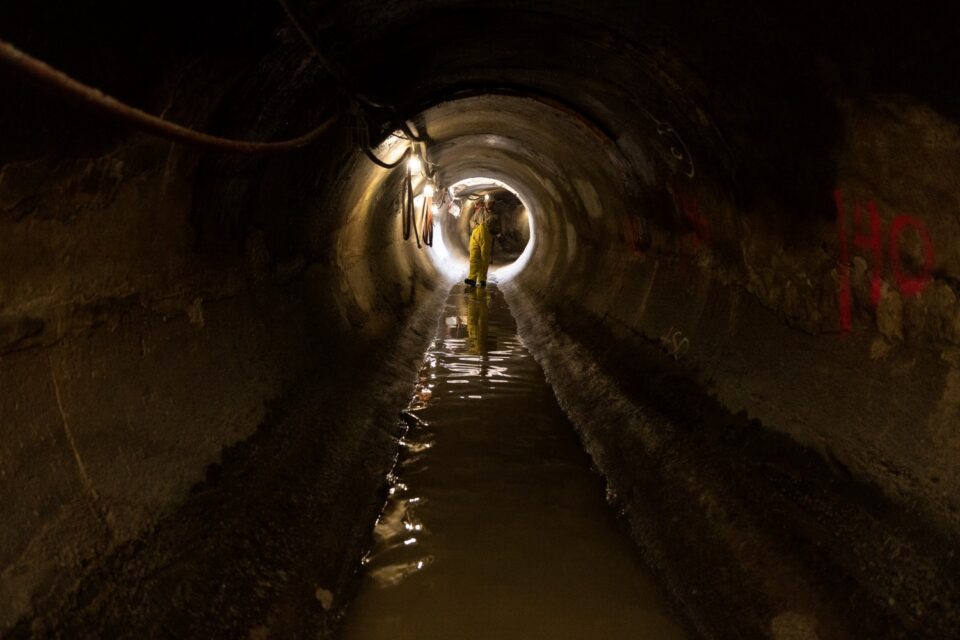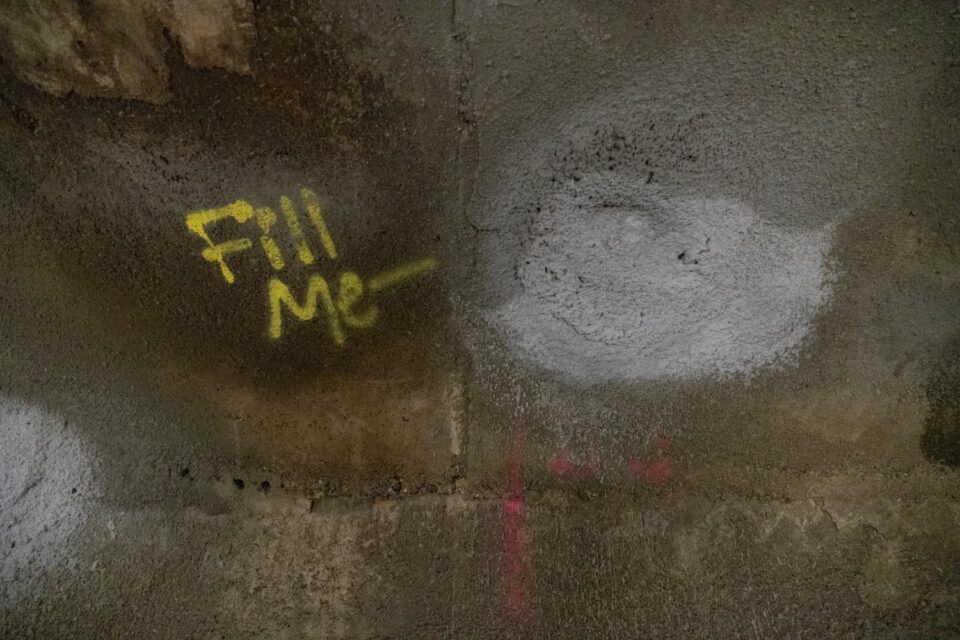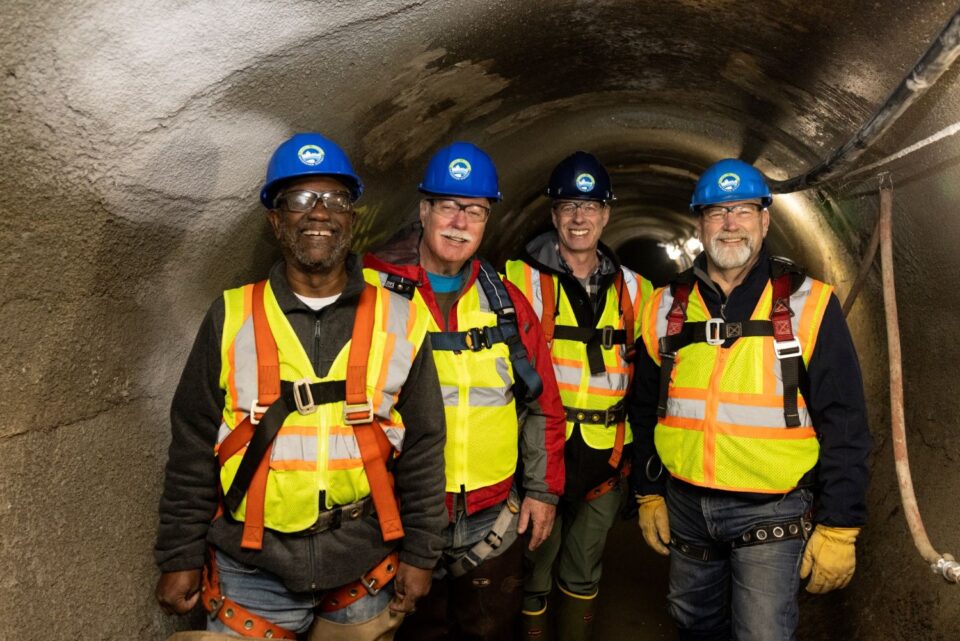15 Years of Maintenance on Hidden Infrastructure
Background
Originally built between the 1880s and 1950s, the Trout Brook Storm Sewer once served as a combined sanitary and storm sewer hidden beneath city streets. The combined system was separated in 1988, and the Trout Brook Storm Sewer Interceptor (TBI) remained. Capitol Region Watershed District (CRWD) replaced the Metropolitan Council as owner and operator in 2006.
Today, the six-mile-long TBI carries rainwater and snowmelt from city streets, parking lots and other hard surfaces to the Mississippi River. It is a “trunk conveyor” receiving runoff from 8,000 acres of the District, which includes the Cities of Saint Paul, Roseville, Falcon Heights and Maplewood, Ramsey County, and the Minnesota Department of Transportation. By maintaining TBI, CRWD protects our communities and prevents sediment and other pollutants from entering the Mississippi River.
2023-2024 Repair Project
The 2023-2024 repair project was the final project identified in TBI 15-Year Capital Improvement Plan. The project began near Arundel Street on the west side of Willow Reserve and ended to the east of Rice Street near Mayre Avenue. Most of the work was directly under city streets in the North End neighborhood. The project entailed filling cracks and fractures, sealing exposed metal reinforcement bars, repairing eroded concrete, removing debris and repairing access hatches in 4,000 linear feet of tunnel.
The 2023-2024 repair project also marked the changeover of a new project manager for TBI, from Deputy Administrator Anna Eleria to Facility Management Division Manager Forrest Kelley. The first TBI project under Kelley’s direction was a success and even included a tour for Saint Paul City Councilmembers and CRWD Board Managers. Kelley leads CRWD’s newly formed Facility Management division and will now lead TBI maintenance and repairs.
To improve access to the tunnel the contractor cut a hole into the top of the pipe. A crane lowered workers and equipment into the tunnel via a basket. TBI has access points approximately every 1,000 feet, but some are in the middle of roadways or other locations which make maintenance work challenging. CRWD prioritizes safety for workers and minimizing disruptions for residents.
Every fifty feet, crews painted a number on the wall to indicate the precise location in the tunnel. Project engineers mark notes on the walls ahead of time with shorthand codes. To begin work, the crew finds the correct location and reviews and confirms the repairs noted on the construction plans. Crews then ‘demo’ the areas to prepare for repairs. Depending on the type of repair and the location, workers inject chemical grout into cracks and apply sprayed concrete to the concave ceiling and sides. The work progresses in sections from west to east; each section can take a few days to over a week to complete. TBI repair projects are always scheduled in winter when the chance of significant rain or snowmelt is lower. Minimizing water in the tunnel during maintenance is essential for the repairs and staff safety. The temperature in the tunnel stays approximately 50 degrees year-round.
Tour of Historic Hidden Infrastructure
On a sunny day in late February, a group gathered on a quiet dead-end street in the North End neighborhood of Saint Paul. CRWD Board Managers and Saint Paul City Councilmembers and their staff mingle with staff, engineers and contractors as everyone puts on their safety gear for entering the tunnel. Everyone wears a hard hat, high visibility vest, safety harness and eye protection. CRWD staff and contractors undergo specialized safety training for conditions in confined spaces like a storm sewer tunnel. CRWD staff and contractors review safety procedures and give an overview of what to expect. Then, a crane lowers people in groups of three to four into the tunnel via a basket.
Supplemental lights were strung along one side of the tunnel about 50 feet in each direction from the large opening, which also provides daylight. Groups examined the recent repairs and heard about the repair process from the engineers and contractors. A few inches of water flowed gently through the tunnel from a consistent baseflow of groundwater seeping into the tunnel year-round. Crews had completed the repairs for the tunnel section in the tour, but work continued further east.
Saint Paul City Council Vice President Hwa Jeong Kim (Ward 5) and Councilmember Cheniqua Johnson (Ward 7) were excited to get an up-close look at our vital public infrastructure, which few get to see. They walked the tunnel with a guide and discussed the details of the repair project and the importance of stormwater management in this urban environment.
Maintenance and Past Repairs
Some sections of the TBI infrastructure are over a hundred years old. To ensure the system functions properly, CRWD completes entire system inspections on a five-year cycle and performs minor maintenance and capital repairs. TBI is in a highly built-up urban environment, and in some cases, repair work has required street closures, utility relocation and pipe realignment.
After TBI was transferred to CRWD from the Metropolitan Council in 2006, the District developed a detailed Capital Improvement Plan that included several significant repair projects.
- 2007-2008: Replaced and repaired two sections of pipe that were in poor condition from cracking and settlement beneath the streets.
- 2012-2013: Rerouted a section of TBI to avoid conflicts with I-35E bridge construction, which included abandoning a 630-foot section of pipe beneath railroad tracks and replacing it in a new location.
- 2017-2018: Repaired a half-mile stretch of the oldest section of TBI, including repairing a 10×10-foot horseshoe arch, replacing missing mortar, and installing a concrete liner in a 500-foot section of the pipe.
- 2021-2022: Repaired cracks, replaced access steps and hatches, and sealed exposed reinforcement in a 2,000-foot section of TBI adjacent to I-35E and the railroad.
What’s Ahead
The contractor completed this round of repairs in early March. Plans for future years include regular inspections, general preventative maintenance and long-range planning for major reconstruction projects.
As spring approaches, TBI will continue to do what it has done for over a century; quickly convey water to the Mississippi River below the streets.
Residents can help TBI and other storm sewer systems in their neighborhood by keeping storm drains clear of trash and debris. Learn more and find an interactive map of storm drains at mn.adopt-a-drain.org/
Learn More
-
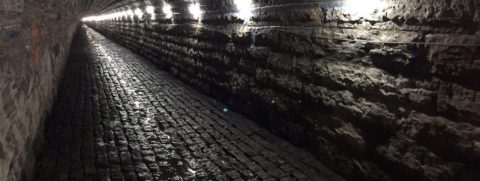
Trout Brook Storm Sewer Interceptor
Go To Project -
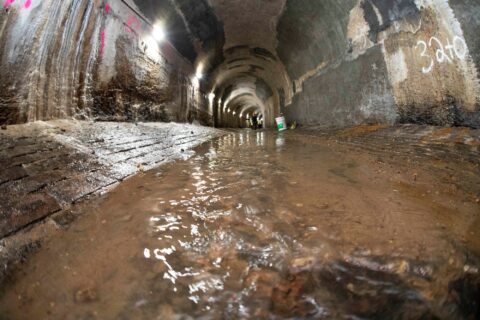
Trout Brook Storm Sewer Interceptor (TBI) Repairs
Go To Project

